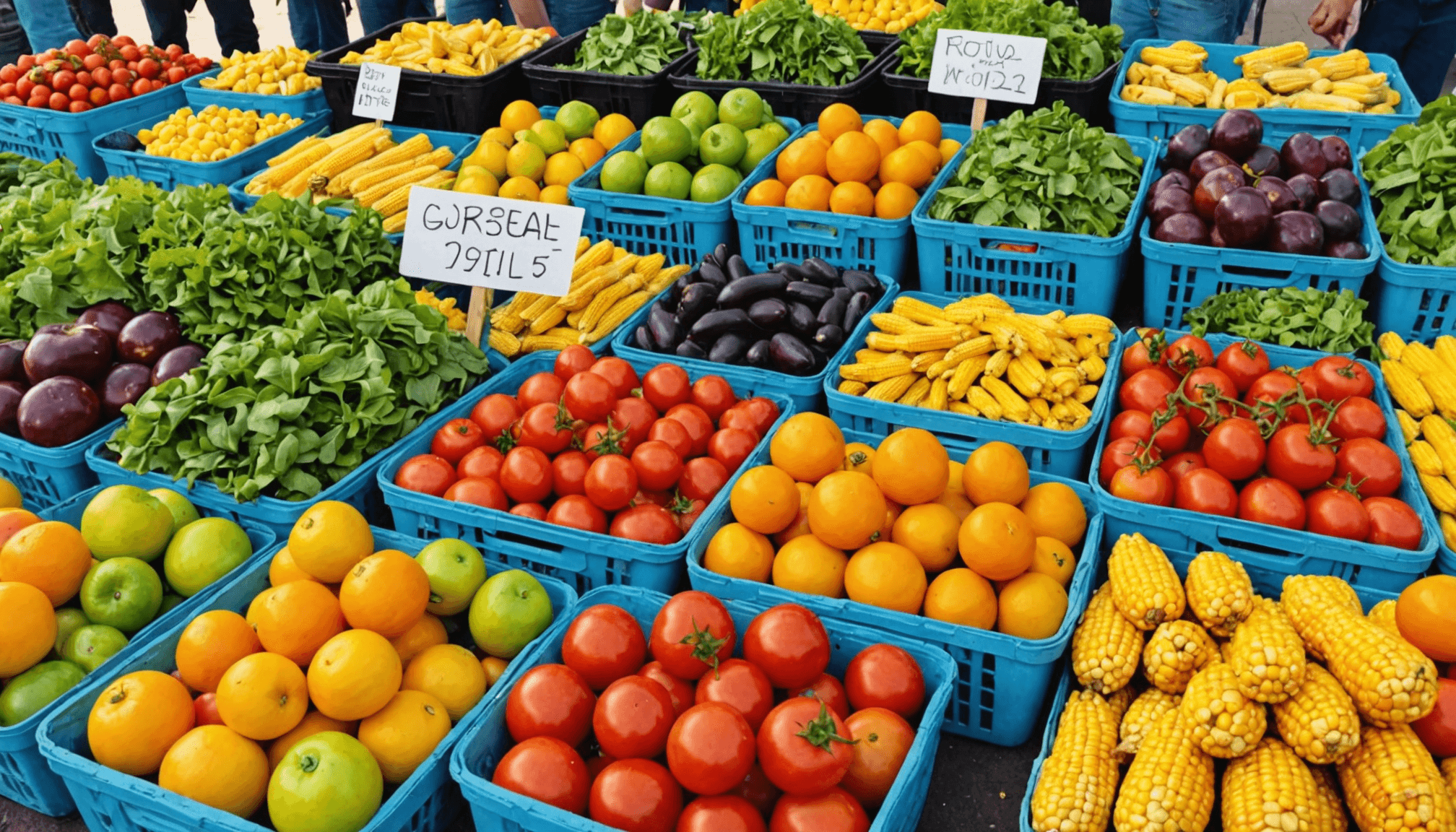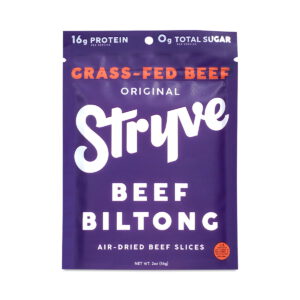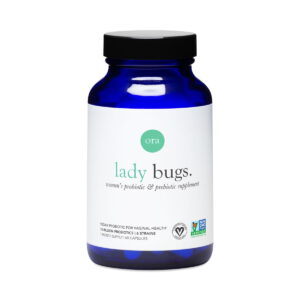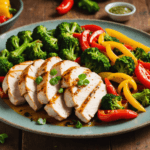- Benefits of Healthy Cooking
- Quick and Easy Recipes
- Meal Prep Strategies
- Essential Ingredients to Stock
- Cookbooks for Every Dietary Need
- Tips for Staying Motivated
When it comes to grocery shopping, both online and offline, making informed choices can elevate your healthy cooking game significantly. First, it’s essential to plan your shopping trips strategically. Create a weekly meal plan that incorporates a variety of fresh produce, whole grains, and lean proteins. This not only streamlines your shopping experience but also promotes healthy eating habits.
Start with your grocery list, making sure to categorize items by sections of the store. This not only saves time but helps you resist the temptation of impulse purchases. While shopping, prioritize foods that are nutrient-dense and vibrant in color. For example, opt for dark leafy greens like kale and spinach, colorful bell peppers, and seasonal fruits such as berries or oranges. These items are not only delicious but provide essential vitamins and minerals that support overall health.
For those following a vegan diet, include plant-based proteins such as lentils, chickpeas, and quinoa. These ingredients not only fit perfectly into a busy lifestyle but also afford fantastic meal versatility. If possible, try sourcing your ingredients from local farmers’ markets. Not only are these items often fresher, but supporting local agriculture also helps sustain your community.
Additionally, keep an eye out for organic options. Organic produce can reduce exposure to pesticides and other harmful chemicals, making it a healthier choice for you and your family. However, if you’re on a budget, focus on purchasing organic for the “Dirty Dozen,” a list compiled by the EWG which highlights produce that tends to have the highest pesticide residues, including strawberries, spinach, and tomatoes.
When it comes to fitness foods, lean proteins like chicken breast, fish, and plant-based sources like tofu are always a great addition to your cart. Pre-packaged items like protein bars and smoothies can be convenient, but make sure to read the labels carefully. Look for products that are low in sugar and high in protein to ensure they align with your health goals.
For ingredient safety, whether online or in-store, it’s crucial to check expiration dates and inspect items for freshness. If you’re shopping online, stick to reputable websites that provide clear information on nutrition and sourcing. Look for customer reviews and verified certifications to ensure quality. Research retailers to familiarize yourself with their return policies, in case any items do not meet your expectations.
Don’t shy away from bulk buying for non-perishable items like brown rice, oats, or canned beans, which can save both time and money in the long run. Consider investing in a vacuum sealer for freezing bulk items such as fruits and vegetables, ensuring you always have healthy options on hand without the worry of spoilage.
Quick and Easy Recipes
Quick and easy recipes are essential for anyone navigating a busy lifestyle, allowing you to whip up nutritious meals without consuming too much time. These recipes often feature minimal ingredients and straightforward techniques, enabling you to make the most out of your cooking experience while still prioritizing healthy eating. Below are some fantastic ideas that encapsulate this philosophy:
1. One-Pan Dishes: Simplify your cooking by preparing meals that require only one pan. For instance, a one-pan chicken and vegetable bake involves placing seasoned chicken breasts and an assortment of colorful veggies on a single baking sheet, then roasting them in the oven. This not only reduces cleanup time but also lets the flavors meld beautifully.
2. Stir-Fries: Perfect for using up leftover vegetables, stir-fries can be prepared in 30 minutes or less. Simply sauté your choice of protein—like shrimp, chicken, or tofu—with a variety of vegetables in a splash of soy sauce or teriyaki, and serve it over brown rice or quinoa.
3. Sheet Pan Fajitas: This easy recipe only requires slicing bell peppers and onions, tossing them with sliced chicken, and seasoning with fajita spices before roasting. Serve with whole-grain tortillas for a complete meal.
4. Quick Soups: Soups can often be made in under an hour, and they are perfect for batch cooking. Consider a simple minestrone made from canned beans, diced tomatoes, and any vegetables you have on hand. Simmer everything in vegetable or chicken broth for a comforting, nutrient-rich meal.
5. Meal-Prep Salads: Prepare individual salad jars at the beginning of the week. Layer your favorite greens with proteins (like canned tuna or chickpeas), colorful veggies, and a healthy dressing at the bottom. When it’s time to eat, just shake and enjoy.
Here’s a table that compares different quick and easy recipes, highlighting their main features:
| Recipe | Prep Time | Cook Time | Main Ingredients |
|---|---|---|---|
| One-Pan Chicken and Veggies | 10 mins | 30 mins | Chicken, bell peppers, broccoli |
| Stir-Fry | 5 mins | 15 mins | Protein (shrimp/chicken/tofu), assorted veggies |
| Sheet Pan Fajitas | 10 mins | 25 mins | Chicken, bell peppers, onions |
| Quick Soups | 10 mins | 20 mins | Beans, tomatoes, assorted vegetables |
| Meal-Prep Salads | 15 mins | 0 mins (ready to eat) | Greens, protein, dressing |
These recipes exemplify the concept of healthy eating while also accommodating a busy lifestyle. Making them part of your weekly meal rotation can save time and ensure you have delicious, nourishing meals ready when you need them most. Integrating them with insights from your favorite cookbooks can also provide variety and flavor, keeping your meal times exciting even amidst a hectic schedule.
Meal Prep Strategies
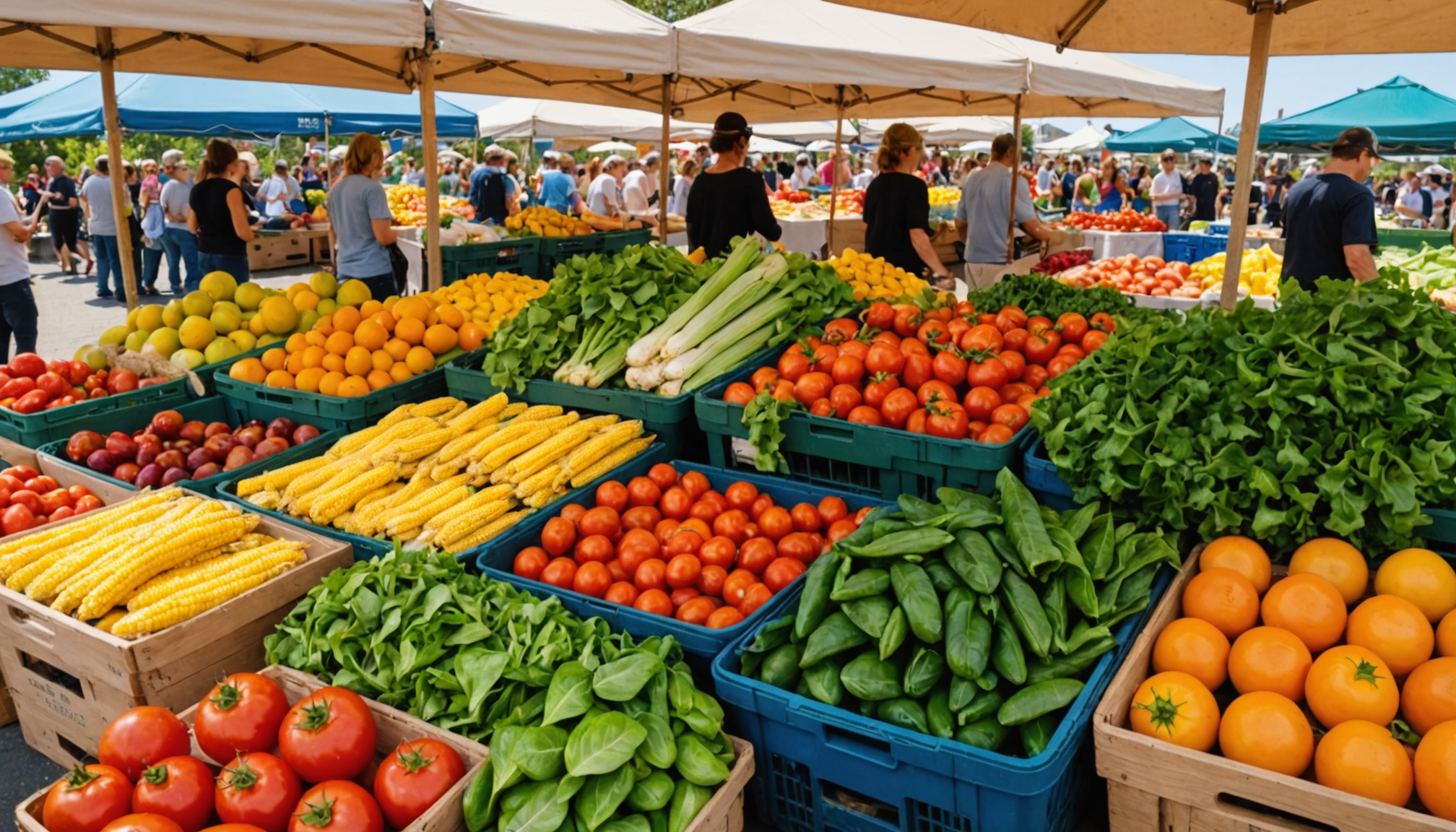
When it comes to grocery shopping, having a clear strategy is vital to facilitate healthy eating, especially for those juggling busy lifestyles. Start by utilizing a digital app or spreadsheet to keep track of what you already have at home. This way, you can avoid unnecessary purchases and make sure you’re not reiterating ingredients. With that in mind, here are several practical tips to maximize your grocery shopping experience both online and in stores.
Plan Ahead: Create a meal plan that draws from recipes in your favorite cookbooks, ensuring you incorporate a variety of proteins, grains, and vegetables. This not only helps you stick to a healthy eating plan but saves time wandering the aisles wondering what to buy.
Shopping List Organization: Organize your grocery list by sections of the store—produce, proteins, grains, and so forth. This will make your shopping trip more efficient and decreases the likelihood of distractions that lead to impulse buys. For instance, if you know you need lean meats and whole grains, head directly to those sections.
Prioritize Fresh and Local: Seek out fresh produce that’s in season at your local farmers’ market or grocery store. Foods that are locally sourced not only taste better but also support community agriculture. Items like vine-ripened tomatoes, sweet corn, and locally grown leafy greens can make your meals vibrant and delicious.
Opt for Nutrient-Dense Foods: When while shopping, specifically look for colorful fruits and vegetables as a visual cue for nutritional value. For example, carrots, kale, blueberries, and bell peppers are packed with essential vitamins and antioxidants. Throw in whole grains like quinoa, brown rice, and oats to ensure your meals are filling and nutritious.
Vegan or Plant-Based Options: If you’re following a plant-based diet, stock up on versatile pantry staples like lentils, chickpeas, nuts, and seeds. They not only serve as excellent protein sources but can also be included in a variety of recipes. Quinoa, for instance, can be used in salads, as a side dish, or even in breakfast bowls.
Budget-Friendly Choices: Don’t shy away from buying frozen produce, as it’s often just as nutritious as fresh options. Frozen fruits and vegetables can be used for smoothies, soups, or stir-fries when fresh options aren’t available. Canned beans and legumes also provide a budget-friendly source of protein and can be stored for long periods without spoiling.
Ingredient Safety: As you shop, especially online, always read nutritional labels and ingredient lists carefully. Look for wholesome, recognizable ingredients with minimal additives. Aim for products that list whole grains as the first ingredient and steer clear of high sugar content in snacks and meal replacements. When shopping online, only purchase from reputable retailers with good reviews to avoid issues with product quality.
Bulk Buying: Consider purchasing non-perishable items like oats, pasta, legumes, and certain spices in bulk. This not only saves you money but ensures you always have healthy options on hand. Additionally, if you identify a particular health item that you use regularly, such as almond butter or gluten-free flour, buying in bulk can reduce cost per unit.
Smart Use of Technology: Use grocery shopping apps that allow you to create lists based on your meal planning and provide deals from your local stores. Some apps even offer discounts or cashback on healthy products, ensuring you not only eat well but do so economically.
Establishing these shopping habits not only makes healthy eating more accessible but also supports a sustainable lifestyle in the long run. By keeping your pantry stocked with quality ingredients while being mindful of budget and safety, you’ll find it easier to prepare nutritious meals that align perfectly with your busy schedule.
Essential Ingredients to Stock
To make healthy cooking feasible amidst a busy lifestyle, it’s crucial to stock your pantry and refrigerator with essential ingredients that not only promote healthy eating but also facilitate quick meal preparation. Begin with a solid foundation of whole foods that are versatile and nutrient-dense. This includes a variety of whole grains such as brown rice, quinoa, and oats, which can serve as the base for countless meals, providing sustained energy throughout your day.
Next, consider the importance of proteins. Whether you prefer animal-based or plant-based options, having lean proteins like chicken, fish, and tofu readily available ensures that you can create satisfying meals without much fuss. Incorporating canned beans or lentils is also a smart choice—these items are packed with protein and fiber, and they require no cooking time.
Don’t forget about your vegetable brigade. Stock your kitchen with a range of fresh or frozen vegetables that will add color, flavor, and nutrition to any dish. Bell peppers, broccoli, spinach, and frozen mixed vegetables can easily be added to stir-fries, soups, or salads, bringing nutritional value while requiring minimal preparation. Utilizing seasonal produce not only enhances the freshness of your meals but also helps reduce costs, so make a habit of checking what’s in season and incorporating it into your shopping list.
Fruits should not be overlooked either; they serve as great snacks or dessert alternatives. Keep a mix of fresh fruits like apples, bananas, and berries for easy access, along with dried fruits and nut butters for energy-boosting snacks on the go.
Additionally, having a selection of healthy fats on hand, such as olive oil, avocado, and nuts, can provide essential fatty acids that support overall health. These ingredients are quick to incorporate into meals, enhancing flavor while contributing to satiety.
A well-stocked pantry often includes herbs and spices, which not only brighten up flavors but also come with additional health benefits. Think about staples like garlic, onion powder, cumin, and dried herbs, which can instantly transform simple ingredients into a delicious meal.
Integrating these essentials into your grocery list equips you with the tools necessary to create quick and nutritious meals. As a quote aptly puts it,
“The best recipes are those that come together quickly without sacrificing flavor or nutrition.”
By ensuring your kitchen is furnished with these staples from your favorite cookbooks, you’ll find that healthy cooking becomes far more manageable, even on your busiest days.
Cookbooks for Every Dietary Need

For individuals with specific dietary needs—be it gluten-free, vegetarian, vegan, or paleo—there are countless cookbooks designed to meet these requirements while ensuring that healthy eating remains a priority. These cookbooks not only cater to diverse preferences but also help readers navigate the complexities of dietary restrictions with ease and creativity. One excellent way to enhance your culinary repertoire is to select cookbooks that offer a variety of recipes tailored to your dietary lifestyle, enabling you to explore new flavors and cooking techniques without feeling limited.
When searching for cookbooks, look for those that provide clear nutritional information, ingredient substitutions, and meal plans. Many modern healthy cookbooks not only focus on recipes but also offer insights into the nutritional benefits of various ingredients, empowering you to make informed choices. Titles that emphasize whole foods, seasonal ingredients, and preparation methods that reduce cooking time will be especially valuable for busy individuals. Moreover, consider exploring cookbooks that promote meal prepping strategies, allowing you to plan several meals in advance, which is a game changer for anyone balancing a hectic schedule.
Don’t overlook the power of online resources as well. Many authors now offer complimentary recipe blogs or video tutorials that accompany their cookbooks, enabling you to familiarize yourself with their style and approach. This interactive aspect can be particularly motivating, inspiring you to channel your culinary creativity into everyday cooking.
Additionally, joining online communities or forums dedicated to specific diets can deepen your understanding and offer support. Engaging with others who share similar dietary goals can provide you with fresh ideas and adaptations, transforming the experience of cooking into one of collaboration and learning. Combining these resources with insights gathered from cookbooks not only enhances your cooking skills but assures that healthy eating habits become a sustainable and enjoyable part of your daily routine.
- What are some popular cookbooks for a vegan diet?
- Popular vegan cookbooks include “Veganomicon” by Isa Chandra Moskowitz and Terry Hope Romero, as well as “Plenty” by Yotam Ottolenghi, both of which offer a diverse array of delicious plant-based recipes.
- How can I ensure that I’m getting enough nutrients on a special diet?
- Research the essential nutrients for your specific diet and plan meals around a variety of whole foods. Consulting with a nutritionist can provide personalized guidance to ensure all your nutritional needs are met.
- Are there cookbooks that focus on quick recipes for busy lifestyles?
- Yes, many cookbooks cater to busy lifestyles, emphasizing quick, healthy meals, such as “The 30-Minute Vegan” by Mark Reinfeld and “Good and Cheap” by Leanne Brown, which focuses on affordable ingredients and time-saving strategies.
- What should I look for when choosing a cookbook for gluten-free cooking?
- Choose cookbooks that specialize in gluten-free cooking and provide clear instructions on flour alternatives, as well as a variety of recipes that do not rely solely on gluten-free products.
- How can meal prep books help me maintain a healthy diet?
- Meal prep books often provide detailed plans that guide you on how to batch-cook foods, offering tips and recipes that simplify healthy eating throughout the week, reducing the temptation of fast food.
- Can I find cookbooks that accommodate multiple dietary restrictions?
- Absolutely! Many cookbooks are designed to accommodate multiple restrictions, such as “The Whole30” and “Thug Kitchen,” which often include gluten-free, dairy-free, and vegan options to suit varied dietary needs.
- How do I incorporate more healthy eating habits into my daily routine?
- Start by selecting simple recipes from health-focused cookbooks that interest you. Gradually introduce new ingredients and meal types, while keeping your meals balanced and colorful, to maintain excitement and prevent monotony in your cooking.
Tips for Staying Motivated
Grocery shopping can feel overwhelming, especially for those striving to maintain healthy eating habits amidst a busy lifestyle. However, with the right strategies, you can make the process enjoyable and efficient, maximizing both your time and budget. Here’s how to enhance your grocery shopping experience.
Start with a Solid Shopping List: Dedicate time each week to craft a detailed shopping list based on your meal plan. Organize your list by categories—produce, proteins, grains, and convenience items. This will help streamline your shopping while minimizing distractions that often lead to impulse buys. The simpler and more organized your list, the smoother your grocery trip will be.
Choose Seasonal and Local Produce: Not only does local produce tend to be fresher and tastier, but it also supports your community’s economy. Check out nearby farmers’ markets or local farm stands for seasonal fruits and vegetables, which are often healthier and more cost-effective. For example, summer might beckon you to try juicy tomatoes and fresh corn, while winter’s bounty might include vibrant root vegetables.
Embrace Plant-Based Foods: For vegan enthusiasts or anyone looking to boost their intake of plant-based options, stock up on versatile ingredients like lentils, chickpeas, and quinoa. These are not just excellent sources of protein but can also adapt to various recipes—from salads to stews to burgers. At the same time, consider picking up frozen or canned versions to keep on hand for last-minute meals without compromising nutritional content.
Mind Your Budget: Eating healthy doesn’t have to break the bank. Be strategic about buying items on sale or in bulk. Frozen fruits and vegetables are often more affordable than their fresh counterparts without sacrificing nutrients. Canned beans are also a budget-friendly option, providing long-lasting protein and fiber. Don’t hesitate to look for sales or discounts on healthy snacks, like nut bars or organic products, especially when shopping online.
Ingredient Safety First: Whether you shop online or in-store, checking for freshness and quality is crucial. Ensure that produce is free from blemishes and that packaged items don’t have short expiration dates. For online purchases, only shop from trusted retailers with positive reviews, and compare prices across different platforms to ensure the best deals. When receiving deliveries, inspect your items promptly to address any issues before the return window closes.
Plan for Bulk Purchases: For non-perishable items like grains, nuts, and legumes, shopping in bulk can save both time and money. If you have extra storage space, consider investing in larger quantities of pantry staples. This not only lowers your cost-per-use but also ensures you always have healthy options available. Bulk buy items can often be stored for long periods, helping reduce food waste as well.
Maximize Technology: Utilize shopping apps to stay organized. Many apps offer digital lists, track prices, and even provide recipes that match your ingredients. Some grocery stores also have loyalty programs that deliver special discounts on items you frequently purchase. Leverage these tools to gather deals and ensure you’re maximizing your budget while prioritizing healthy meals.
Catering to Dietary Preferences: If you have specific dietary needs, be sure to read labels carefully. Many packaged foods can hide unhealthy ingredients. Look for options that are low in added sugars, free from artificial additives, and rich in whole foods. For online shopping, confirm that product descriptions are clear and reliable. Always check ingredient lists to acknowledge what goes into your meals.
Incorporating these strategies into your grocery shopping routine can help simplify the process and keep your ammunition of healthy cooking well-equipped for any busy week ahead. Making choices that prioritize quality ingredients paves the way for healthier eating habits, ensuring you sustain not just your body, but your culinary creativity as well.
New Customers Offer!
Free Gift for the new customer
$24 Value, When You Subscrib Visit Thrive Market
